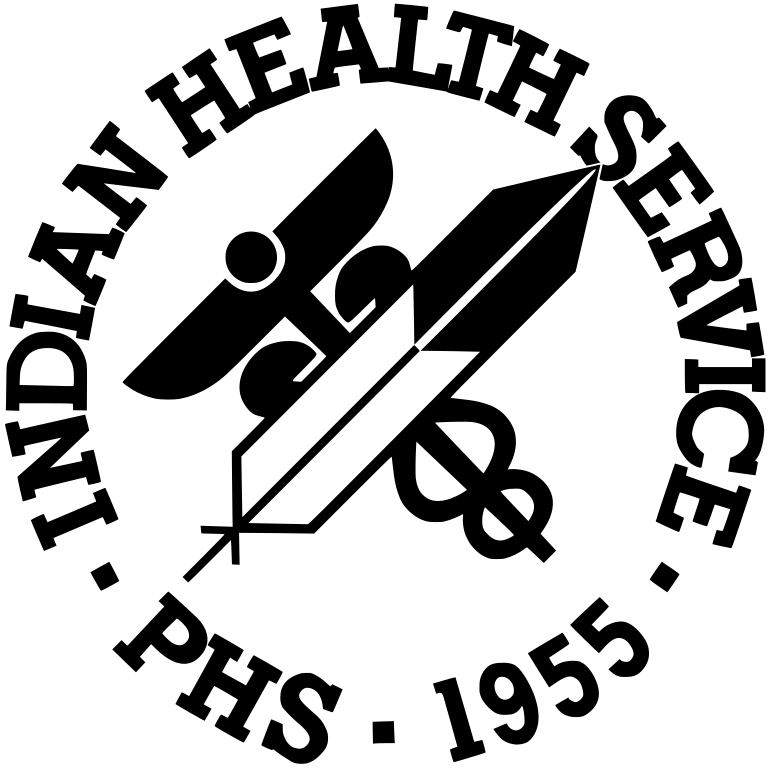2023 Catalog: All Courses
To view other courses in this category, use the “Previous” and “Next” buttons. To select this course and request approval, please login. Need more help reading this page?
DE0508: IHS Monthly EDR Series: Maximizing Utilization of the OHS Metric Tool in DXE - Clinical Workflow & Reporting Outcomes [Recorded Webinar]
This recorded webinar from 1/15/20 will provide the purpose and procedures for using the new IHS Oral Health Status [OHS] Metric.
Presenter: Pat Tandon
Dentrix Instructor and Trainer since 1999. Certified for IHS, Enterprise Commercial and DOD. Graduated with engineering degree and manage a Support company in South Florida that provides technical services to the Healthcare marketplace. MCSE and Microsoft curriculum trainer. Trainer of the Year 2009, Instructor of the Year 2011 and Enterprise Trainer of the Year 2017.
Agenda:
1. Definition and importance of the IHS Oral Health Status Metric available in V8.0.9
• The goals of the IHS OHS metric and report include
i. Identify patients at risk of disease
ii. A way to meaningfully classify patient’s current oral health to determine oral health needs [preventive care to urgent care].
iii. The means by which excellent patient oral health care may be profoundly impacted through effective tracking of care needs.
Specifically -
• Metric is designed to provide a standardized, automated calculation of an overall oral health status score for each patient, while having minimal impact for providers regarding their clinical workflow.
• OHS Classification score is based on provider data entry of four objective, standardized oral health parameters
• Classification score is reflected on the OHS Report
2. Classification Score Parameters
• Caries; both number of active carious lesions as well as maximum depth of carious lesion[s]
• Soft tissue evaluation / condition [oral cancer, indication for biopsy, etc.]
• Periodontal disease.
• Presence of abscessed teeth
i. The OHS data entry also allows the provider to identify the need for urgent care to address conditions not directly related to these four specific parameters [i.e. lost/failed restoration[s] without associated carious lesions, etc.]
3. Risk Factors [not considered in the actual OHS Classification matrix calculation but available to record]
• Caries Risk
• Smoking
• Diabetes
• Dry Mouth
4. There are four [current] IHS Oral Health Status classifications and expiration [after two years of no recorded OHS update]
• OHS 1: Excellent [no dental treatment required]
• OHS 2: Moderate-Good [moderate dental treatment needs]
• OHS 3: Compromised [Urgent dental treatment indicated]
• OHS 4: Poor [Very Urgent dental treatment indicated]
• OHS 5: Patient who was previously scored as OHS 4 but has not been seen within the 24-month time range.
• OHS 6: At 25 months without being seen, patient becomes an OHS 6 which reflects the oral health status as “unknown”.
5. Detailed walk through of OHS Data Collection Process: live presentation of three separate patients/scenarios, completing the pop-up OHS metric’s data entry dialog window in Dentrix Enterprise software.
• Scenario 1 will display completion of a patient’s OHS metric revealing poor oral health in need of immediate urgent care.
• Scenario 2 will display completion of a patient’s OHS metric revealing good oral health with moderate treatment needs.
• Scenario 3 will display completion of an OHS metric in the situation where a patient has a previous OHS entry.
6. Oral Health Status Report [will pull data from the three patient entries demonstrated]
• Parameters available and description of their use in the report.
• Of what significance is the report data in providing better care for the IHS site’s patients?
Note: The IHS OHS Metric Tool is controlled by a “Global Setting” in the Dentrix Enterprise EDR Program. This setting is in place and active by default in both new installations, and in V8.0.9 upgrade installations.
Upon completion of this webinar, participants will be able to:
1. Define the purpose of IHS OHS metric and data entry process
2. Understand how to effectively incorporate the OHS metric uses into their clinical workflow
3. Understand the data entry fields in the OHS metric reports and effectively use the outcome information to reduce / prevent dental emergencies and provide preventive care to reduce risks of disease.
Pat Tandon — For follow-up questions, please contact the speaker at pattandon@henryschein.com.
Joel Knutson — Dental Informatics and Project Manager for the IHS Electronic Dental Record For follow-up questions, please contact the speaker at joel.knutson@ihs.gov.
It is the policy of the Indian Health Service, Division of Oral Health, that faculty/planners disclose any financial or other relationships with commercial companies whose products may be discussed in the educational activity. The Indian Health Service, Division of Oral Health, also requires that faculty disclose any unlabeled or investigative use of pharmaceutical products and medical devices. Images that have been falsified or manipulated to misrepresent treatment outcomes are prohibited.
None of the faculty/planners for this activity has a conflict of interest, and there is no use of unlabeled or investigative pharmaceutical products or medical devices. No images have been falsified or manipulated to misrepresent treatment outcomes.The educational objectives, content, and selection of educational methods and instructors are conducted independent of any commercial entity.
The IHS Division of Oral Health is an accredited sponsor of continuing education under the American Dental Association Continuing Education Recognition Program (CERP). ADA CERP is a service of the American Dental Association to assist dental professionals in identifying quality providers of continuing dental education. ADA CERP does not approve or endorse individual courses or instructors, nor does it imply acceptance of credit hours by boards of dentistry. Concerns or complaints about a CE provider may be directed to the IHS at IHS CDE Coordinator or to the Commission for Continuing Education Provider Recognition at CCEPR.ada.org
Participants should be end users of the IHS Electronic Dental Record.
Please Make Checks Payable to: Indian Health Service.
Tuition must be paid in full 8 weeks prior to the start date of any course. Request for refunds must be received in writing at least two weeks before the course begins. For each refund request, there will be an administrative charge of $100. No refunds will be made to registrants who fail to attend a course. If IHS CDE program cancels a course, then 100% of the tuition will be refunded.



